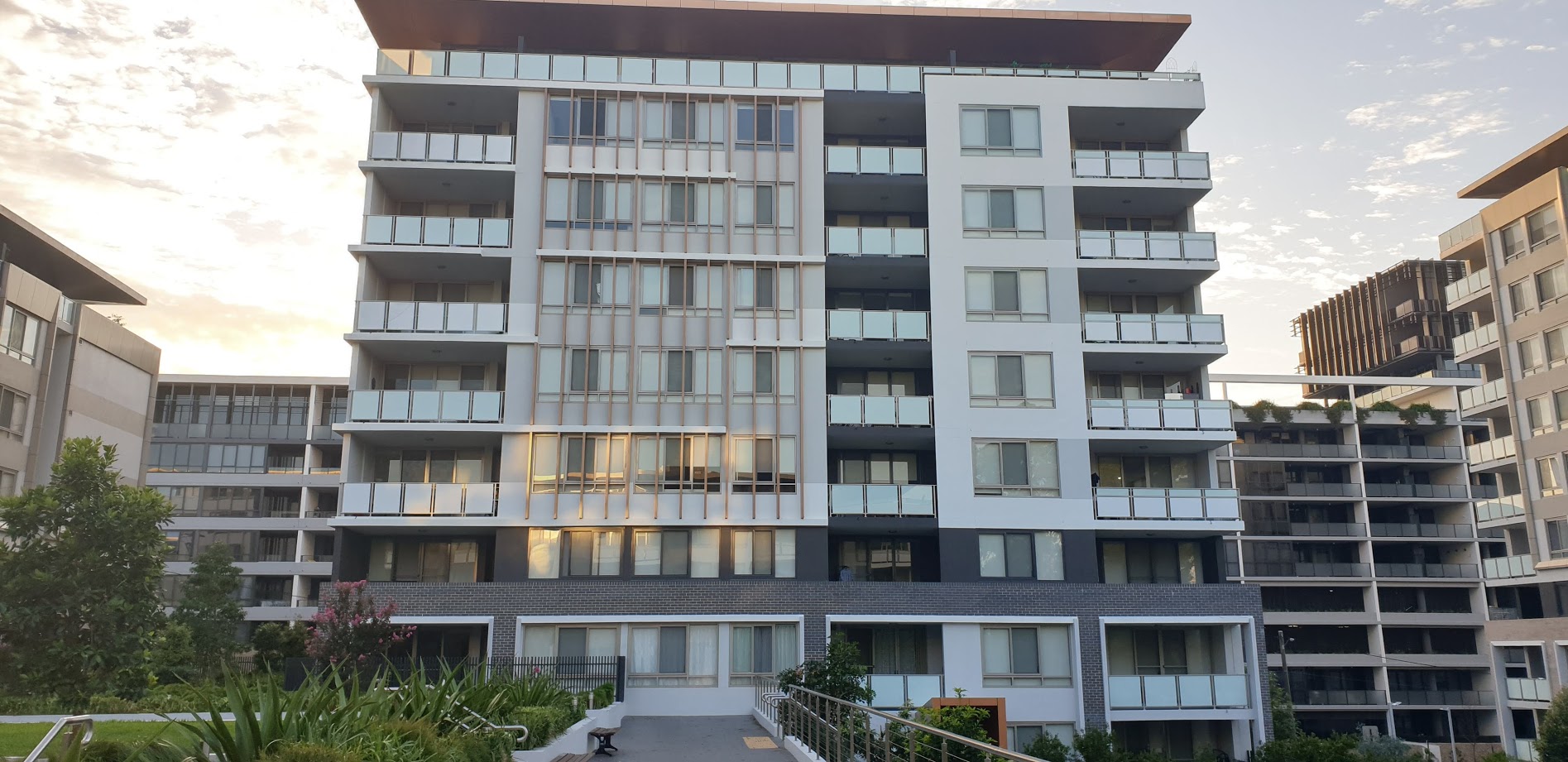MJ Engineering Projects managed remedial works on the heritage-listed AWA Tower, a twelve-storey commercial landmark supported by steel columns and beams. Time, weather and heavy usage had caused missing mortar, rusted steel window frames, concrete spalling and general water-tightness failures. Because the building is listed, every step had to balance structural repair with conservation requirements set by City of Sydney and Heritage NSW. All remedial works finished on schedule and within budget.
Project background
An initial façade survey confirmed that brickwork mortar had failed in wide areas, steel windows were corroded and concrete around reinforcement had carbonated. Before repairs could proceed, MJ Engineering Projects organised joint site walks with council heritage officers to agree on acceptable materials and methods. Our team then issued a remedial works specification that kept original detailing intact while delivering modern performance. A competitive tender process appointed a contractor experienced in heritage remediation, and MJ Engineering Projects acted as superintendent to verify workmanship and certify claims.
Scope of works
- Repoint brickwork facade
- Rectify cementitious chamfers
- Repair brickwork cracks
- Treat and refurbish steel windows
- Apply sealant around window frames
- Repair concrete spalling
Key challenges and solutions
Heritage compliance
All visible repairs had to match original fabric. MJ Engineering Projects submitted mortar colour samples and window paint swatches for council review before works commenced. Only profiles identical to the 1939 drawings were approved, maintaining aesthetic continuity.
Steel window corrosion
Rusted frames risked water ingress and further facade staining. Frames were needle-scaled, zinc-primed and repainted in situ. Sealant beads were installed around perimeters to improve air and water tightness while retaining the original putty sightlines.
Concrete spalling at height
Carbonation had advanced to reinforcement depth on several cornice bands. Damaged concrete was broken out, steel cleaned and passivated, then patch-repaired with polymer-modified mortar. A compatible cementitious coating blended patches with adjoining aged surfaces without creating a colour mismatch.
Brickwork deterioration
Missing mortar joints and hairline cracks reduced structural integrity. Repointing used a suitable mortar similar to the original mix, ensuring vapour permeability and thermal movement compatibility.
Site logistics in the CBD
York Street’s limited footpath width required staged scaffold erection outside peak pedestrian times. Deliveries were booked after 19:00, and waste bins were craned out at first light to avoid daytime congestion. Noise-generating activities were confined to council-approved hours so neighbouring tenants could operate undisrupted.
Conclusion
The remedial works programme at AWA Tower reinstated structural durability and protected heritage significance without altering the building’s character. Brickwork is repointed, steel windows are weather-tight, concrete spalls are patched and sealant lines now guard against moisture. By coordinating closely with heritage authorities and tenants, MJ Engineering Projects delivered a robust outcome that respects the tower’s historic value while extending its service life.
For more remedial works case studies, visit our blog or contact our remedial works team to discuss heritage facade repairs, brick repointing or concrete patch remediation.





